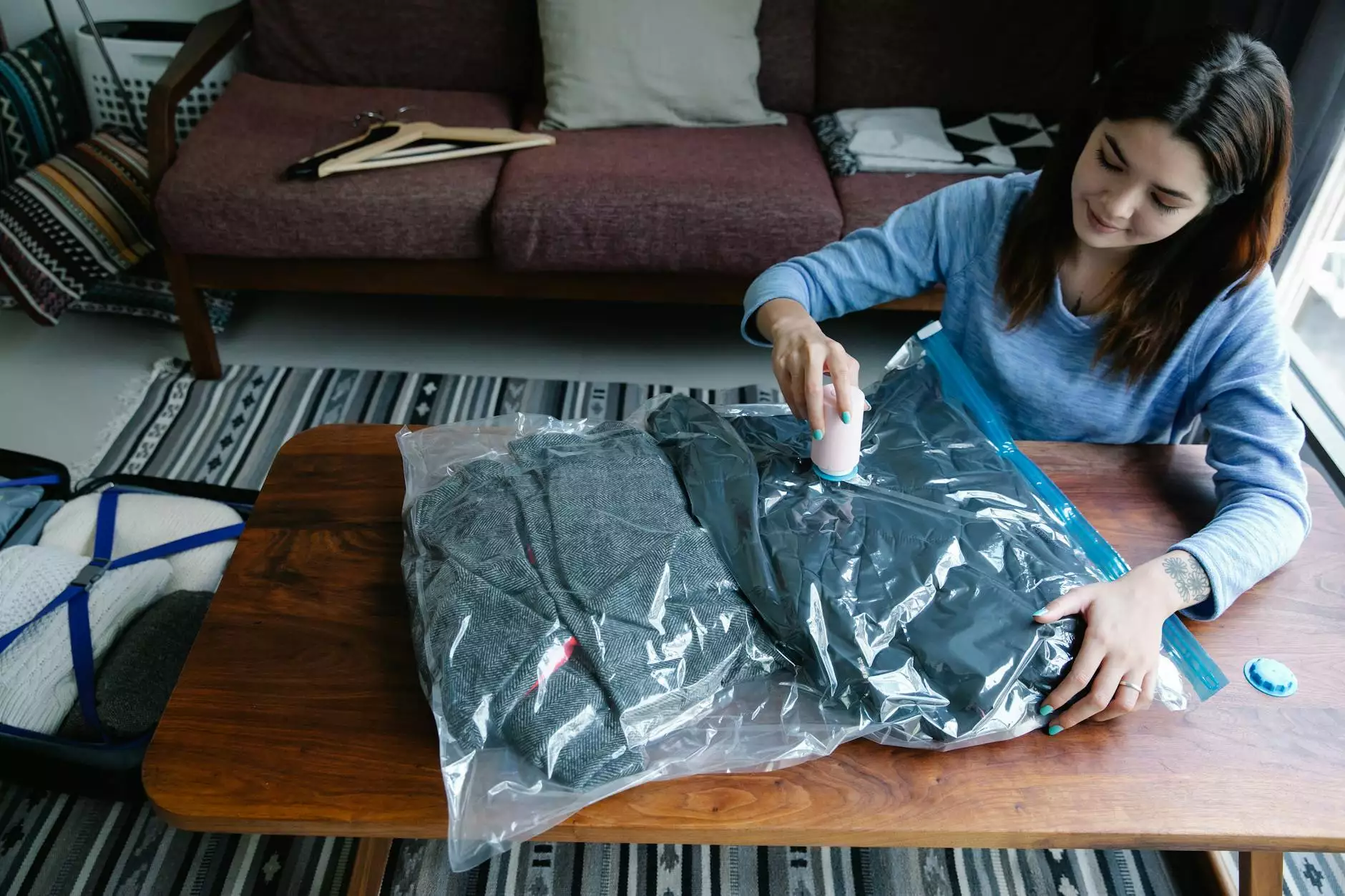Understanding Hysteroscopy Procedure Cost and Its Importance

What is Hysteroscopy?
Hysteroscopy is a minimally invasive surgical procedure that allows doctors to examine the inside of a woman's uterus. Using a thin, flexible tube equipped with a camera, physicians can diagnose and treat various conditions affecting the uterus.
Reasons for Undergoing a Hysteroscopy
Patients may undergo hysteroscopy for several reasons, including:
- To investigate abnormal uterine bleeding
- To remove uterine fibroids or polyps
- To identify and treat intrauterine scarring (Asherman's syndrome)
- To obtain a biopsy for further testing
- To assess uterine abnormalities that may affect fertility
Factors Influencing Hysteroscopy Procedure Cost
The cost of a hysteroscopy procedure can vary significantly based on several factors. Understanding these can help patients plan for the financial aspects of their care. Below are some of the key factors that affect pricing:
1. Type of Hysteroscopy
There are two primary types of hysteroscopy:
- Diagnostic Hysteroscopy: This involves the use of a hysteroscope to diagnose conditions without any surgical treatments. It typically costs less than therapeutic hysteroscopy.
- Therapeutic Hysteroscopy: This involves performing surgical procedures during the hysteroscopy, such as removing fibroids or polyps, and often costs more due to the complexities involved.
2. Facility Fees
Where the procedure is performed also impacts the cost. Procedures done in:
- Hospitals: Tend to have higher costs due to the facilities and resources available.
- Outpatient clinics: Often offer lower prices but may not accommodate all surgical procedures.
3. Anesthesia Requirements
The type of anesthesia used can significantly influence hysteroscopy procedure cost. Local anesthesia is typically less expensive than general anesthesia. The choice may depend on the complexity of the procedure and the patient's comfort level.
4. Geographic Location
Costs for medical procedures can vary widely based on geographic location. Urban areas often have higher prices due to increased costs of living and operational expenses. Patients should research local costs to understand what is standard in their region.
5. Insurance Coverage
Insurance can play a large role in the final out-of-pocket cost. Patients should check with their insurance provider for coverage specifics on hysteroscopy procedures, as well as potential co-pays and deductibles.
6. Additional Tests or Procedures
If additional tests, imaging, or minor surgeries are required alongside the hysteroscopy, these will add to the overall cost. For instance, if a biopsy is taken that requires further analysis, this would also need to be factored into the total expense.
What is the Average Cost of Hysteroscopy?
The average hysteroscopy procedure cost in the United States ranges from $2,000 to $8,000. Here’s a breakdown:
- Diagnostic hysteroscopy: $1,500 - $3,500
- Therapeutic hysteroscopy: $4,000 - $8,000
These prices include fees charged by the surgeon and facility but may not include additional costs such as anesthesia or follow-up care.
Benefits of Hysteroscopy
Despite the costs, hysteroscopy offers numerous benefits, including:
- Minimally Invasive: This procedure usually requires no large incisions, resulting in quicker recovery times.
- Quick Recovery: Most women can return to normal activities within a few days.
- Accurate Diagnosis: Hysteroscopy allows for direct visualization, leading to more accurate diagnoses compared to other imaging techniques.
- Treatment Capability: Many conditions can be treated during the same procedure, thus reducing the need for multiple surgeries.
Preparing for Hysteroscopy
Before undergoing hysteroscopy, patients should consider the following tips:
- Consultation: Patients should have a detailed consultation with their physician to discuss the procedure, its benefits, risks, and costs.
- Health Assessment: A thorough health assessment is crucial to identify any potential risks associated with the surgery.
- Follow Pre-Operative Instructions: Patients must follow any instructions given regarding medication, fasting, and preparation for anesthesia.
Post-Procedure Care
After the procedure, it’s important for patients to take care of themselves:
- Rest: Allow time for recovery and avoid strenuous activities for at least a few days.
- Monitor Symptoms: Keep track of any unusual symptoms, such as excessive bleeding or severe pain, and contact a healthcare provider if concerns arise.
- Follow-Up Appointments: Attend all scheduled follow-ups to ensure proper healing and discuss results from the procedure.
Conclusion: Making Informed Decisions
Understanding the hysteroscopy procedure cost is an essential aspect of preparing for this beneficial medical intervention. By considering all influencing factors, healthcare options, and potential benefits, patients can make informed decisions that best suit their needs.
Always consult with a qualified healthcare provider to discuss specific circumstances and receive personalized advice. Resources such as DrSeckin.com can provide invaluable insight into hysteroscopy procedures and related conditions, helping patients navigate their options effectively.









